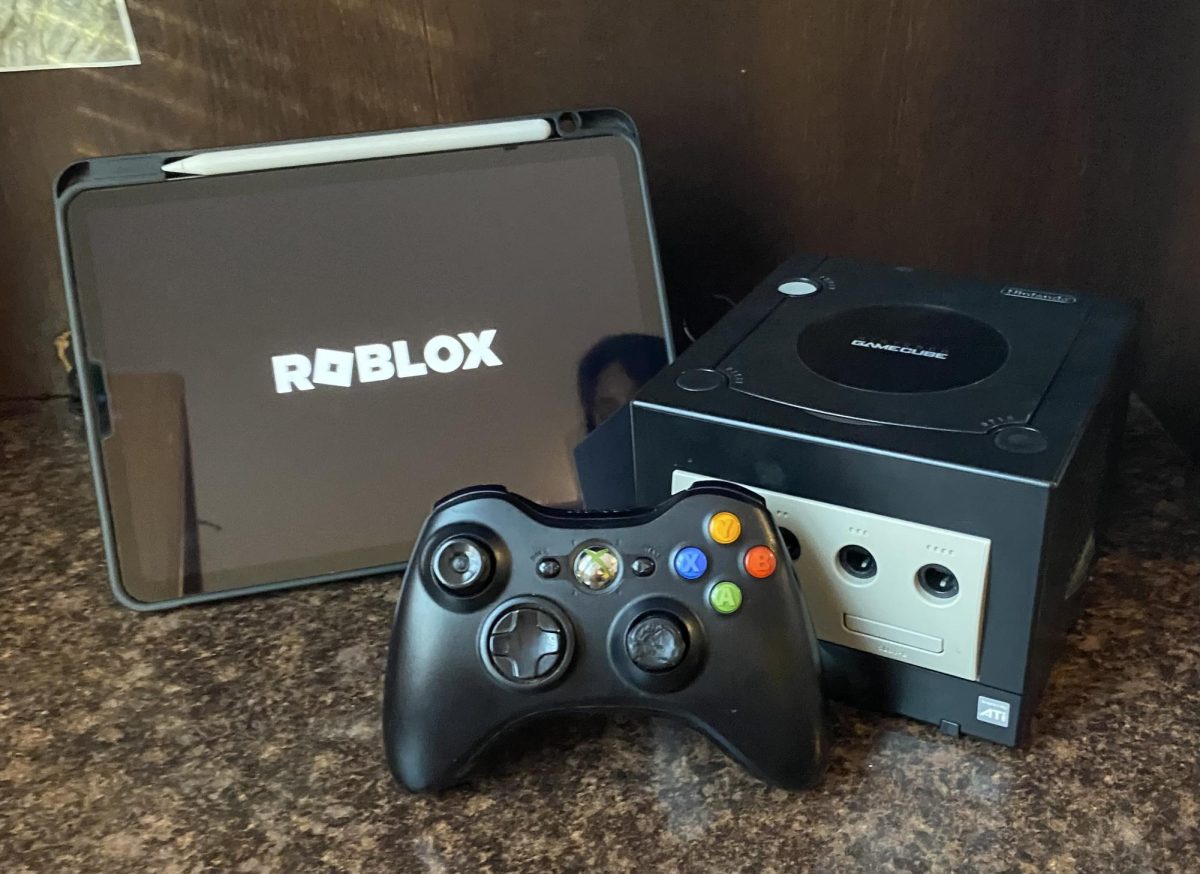With thousands of video games and gaming systems around us today, it is easy to take this form of entertainment for granted. Everyone is waiting for the next generation of Pokemon to be released, the next Madden game and many of us were even waiting in line for the Beatles Rock Band game to hit the stands. Video games have long been a favorite global pastime, and the story of its evolution is just as interesting and widespread as the millions of people who play video games everyday.
Video games came about as a civilian byproduct of the late 1940’s, when the cathode ray tube was invented. This important invention was ground-breaking in terms of its uses and implications for the future. The ray tube was used in black and white and, eventually, color televisions to broadcast moving images as a continuous show. One of the first games released using this technology was Tennis For Two, created by William Higginbotham.
Since sophisticated computers had not been invented yet, most video games in the 1950’s and 60’s ran on university mainframe computers. Simple games such as Mouse in the Maze, HAX and Tic Tac Toe were invented by university students and computer enthusiasts. The first major video game was Space Wars, released in 1961. It featured spacecrafts capable of firing missiles, and became very influential in the United States.
Albeit humble beginnings, video games during and after the 1960’s evolved into different platforms: arcade, mainframe, console and hand-held games. Their developments from the early days of wooden controllers has turned video games into an ever-present and easily accessible means of entertainment.
Arcade games grew to be extremely popular with the advent of Pong, a game by Atari. This game was released in 1972, and was one of the first American video game fads, quickly succeeded by the home version of the game, also created by Atari. This creation would lead to Atari’s domination of the gaming industry, which lasted well into the mid-80’s. This led to bigger and more popular games such as Space Invaders, one of the first coin-operated arcade games in the US, introduced in 1978. Arcade games were an important step to commercializing the increasingly popular video game culture that was gripping America.
Mainframe and eventually computer games gained a lot of popularity in the 1980’s. Commodore 64, Apple II and Sega were popular gaming computers at the time. Graphics User Interface developments and a higher pixel resolution in the Macintosh and succeeding models made computer gaming much more interesting and interactive. With games such as Donkey Kong, Pac Man and Doom, computer gaming became much more popular. Today’s most popular PC games include Grand Theft Auto, Sims and World of Warcraft.
Handhelds developed much later, as CPUs developed greater processing power. Handheld video game sales exploded with the release of the Nintendo Game Boy in 1989. The Super Nintendo Entertainment System, Nintendo’s next big product, was released in 1991, and was the best-selling 16-bit console. This was only beaten by Sony’s Playstation, released in 1995, and the newer PS2 and PS3. Microsoft debuted in the video game scene with the X-Box in 2001, integrating PC functions into the traditional gaming console. Nintendo gained its popularity back with its return to handheld videogames, with Game Boy Pocket in 1996 and the Game Boy Color in 1998. See their current projects here.
So, whether you are playing classic Tetris on your Game Boy or shooting enemy targets down on Halo 3, it is sufficient to say that these wonderful means of entertainment have undergone a lot of significant changes from the days of wooden controllers and huge gaming consoles. With the onset of live gaming and 3-D virtual realities, a new generation of video games will continue to entertain and challenge future generations of gamers in a perpetual win to “one up” the previous version.





